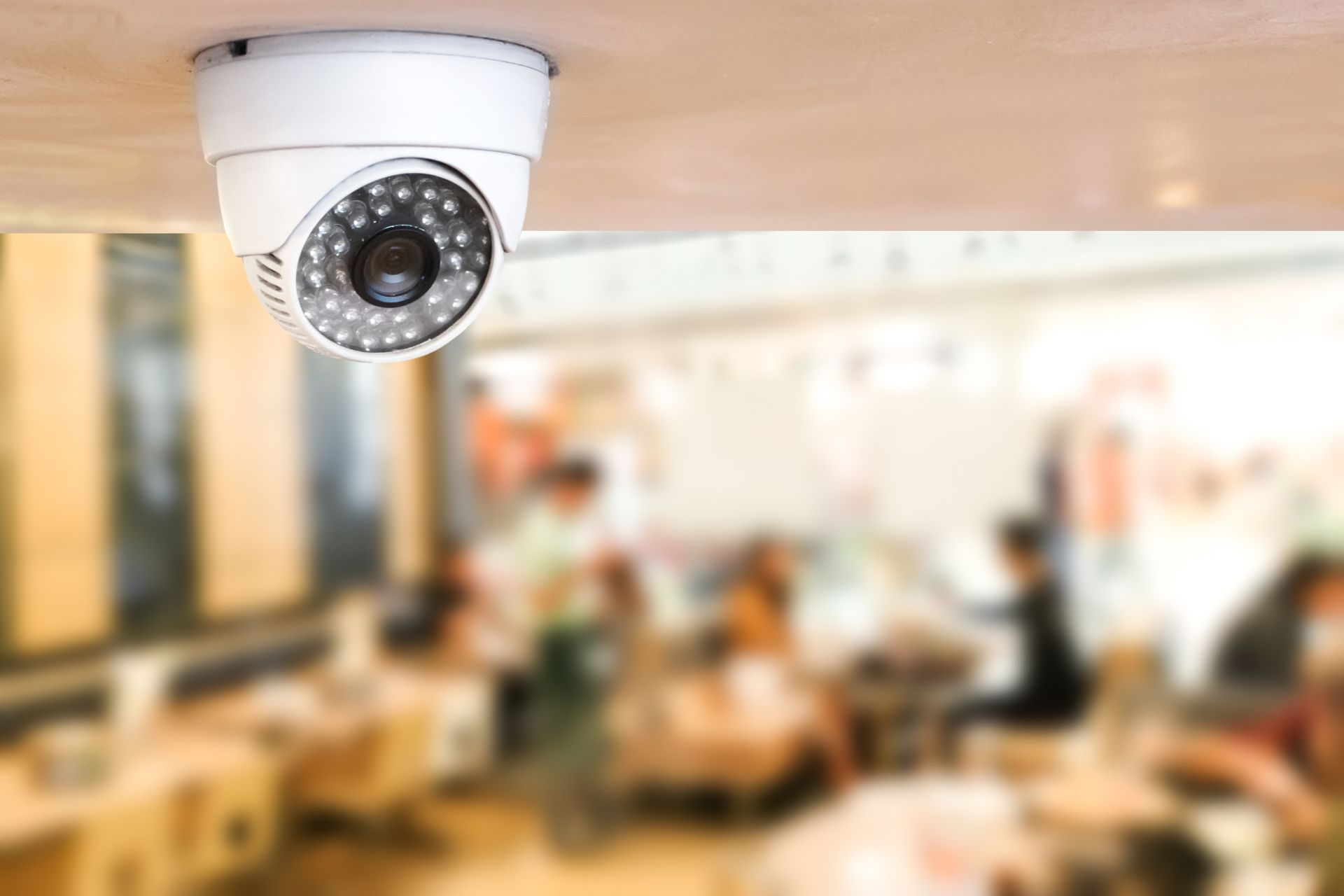Frequently Asked Questions
Infrared security cameras excel in complete darkness by utilizing infrared (IR) illumination, which allows them to capture clear images in low-light or no-light conditions, unlike traditional cameras that rely on visible light. These advanced surveillance devices are equipped with infrared LEDs that emit light in the infrared spectrum, enabling them to detect heat signatures and produce monochromatic images even in pitch-black environments. This capability is particularly beneficial for nighttime monitoring, as it enhances situational awareness and security effectiveness without the need for external lighting, which could otherwise compromise stealth. In contrast, traditional cameras may struggle in complete darkness, often resulting in grainy, low-resolution footage or complete inability to capture any image at all. The superior performance of infrared cameras in total darkness makes them an essential component of modern security systems, particularly for applications in sensitive areas such as residential properties, commercial establishments, and critical infrastructure.
The average lifespan of an infrared security camera system typically ranges from five to ten years, depending on various factors such as the quality of the components, environmental conditions, and maintenance practices. High-quality infrared cameras, often equipped with advanced features like night vision, motion detection, and weatherproof housing, tend to have a longer operational life due to their robust construction and superior technology. Additionally, systems that utilize durable materials and are installed in optimal locations, away from extreme weather conditions, can significantly extend their longevity. Regular maintenance, including firmware updates and lens cleaning, also plays a crucial role in preserving the functionality and effectiveness of these surveillance systems. Ultimately, the lifespan of an infrared security camera system is influenced by a combination of technological advancements, installation practices, and environmental factors, making it essential for users to consider these elements when investing in security solutions.
Infrared security cameras can indeed be seamlessly integrated with existing home automation systems, enhancing the overall security and surveillance capabilities of a smart home environment. These advanced cameras utilize infrared technology to provide clear night vision and motion detection, which can be synchronized with home automation platforms such as Z-Wave, Zigbee, or Wi-Fi networks. By leveraging protocols like IFTTT (If This Then That), users can create automated routines that trigger alerts, activate smart lighting, or lock doors when motion is detected by the infrared cameras. Furthermore, many modern infrared security cameras come equipped with features such as two-way audio, cloud storage, and remote access via mobile applications, allowing homeowners to monitor their property in real-time. This integration not only enhances security but also contributes to a more cohesive and responsive home automation ecosystem, where devices communicate effectively to provide a comprehensive safety solution.
The resolution of infrared camera models varies significantly based on their intended applications and sensor technologies. High-end thermal imaging cameras, such as those used in industrial inspections or military surveillance, often feature resolutions exceeding 640x480 pixels, with some advanced models reaching up to 1280x1024 pixels or higher, providing exceptional thermal detail and clarity. In contrast, entry-level infrared cameras, commonly utilized for home inspections or basic wildlife monitoring, typically offer lower resolutions around 320x240 pixels, which may suffice for general temperature assessments but lack the precision required for detailed analysis. Additionally, the pixel pitch, which refers to the distance between individual sensor pixels, plays a crucial role in determining the camera's sensitivity and thermal resolution; smaller pixel pitches generally enhance the ability to detect minute temperature variations. Furthermore, the integration of advanced image processing algorithms, such as non-uniformity correction and image fusion, can significantly improve the perceived resolution and thermal image quality, allowing for more accurate diagnostics in applications ranging from HVAC assessments to medical thermography. Overall, the choice of infrared camera resolution is pivotal in achieving optimal performance tailored to specific operational needs.
Weather conditions significantly influence the performance of outdoor infrared security cameras, impacting their ability to capture clear images and maintain functionality. Rain, snow, and fog can obstruct the infrared light emitted by these cameras, leading to reduced visibility and compromised image quality, particularly in low-light environments. Additionally, extreme temperatures, whether excessively hot or cold, can affect the camera's internal components, potentially causing thermal drift or even failure of the infrared sensors. Humidity levels can also play a critical role, as condensation may form on the lens, further degrading the clarity of the captured footage. Moreover, strong winds can cause vibrations that affect the stability of the camera, resulting in blurred images. Overall, the interplay of these environmental factors—such as precipitation, temperature fluctuations, and atmospheric conditions—can significantly hinder the effectiveness of outdoor infrared security systems, necessitating robust weatherproofing and advanced technology to ensure reliable surveillance in diverse climates.

